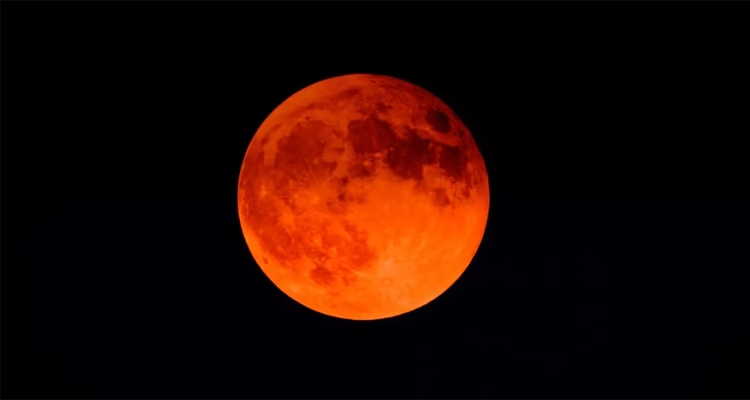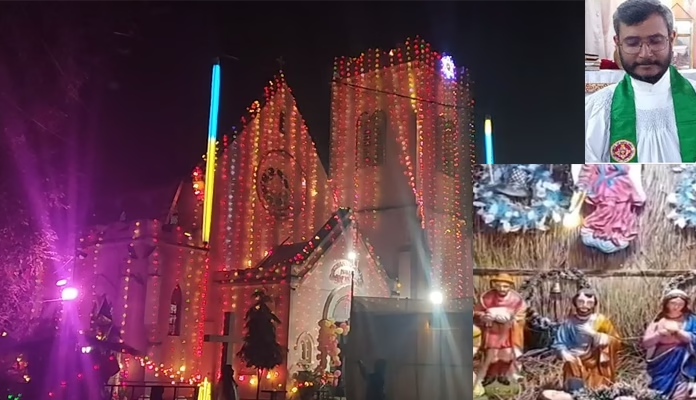
The Science Behind the Red Glow
Unlike a simple blackout, the Moon turns red due to Earth’s atmosphere filtering sunlight. As shorter blue light scatters, longer red wavelengths bend around Earth and light up the lunar surface—a process known as Rayleigh scattering, similar to sunset colors.
Why This Event Matters
Astronomers call it a rare and awe-inspiring event that connects us to the grandeur of the cosmos. It is a vivid reminder of the natural forces and celestial choreography that shape our universe.
Last night, the sky turned into a stage for one of nature’s most awe-inspiring performances—a total lunar eclipse, famously known as the ‘Blood Moon.’ As Earth’s shadow slowly engulfed the Moon, millions of stargazers around the world paused in wonder, witnessing the Moon shift from bright silver to a deep, fiery red.
This rare cosmic event, only the second of the year, delivered a spectacular visual treat that connected humanity to the mysteries of the universe in a way few other sights can.
The phenomenon began at precisely 9:57 PM, when the Earth’s shadow started creeping across the lunar surface. By 11:01 PM, the entire Moon was enveloped in Earth’s umbra, transforming into an ethereal copper-red orb—an effect that enchanted observers from India to Europe and beyond.
Timeline of the Lunar Eclipse: From Start to Peak
Eclipse Begins at 9:57 PM
The celestial event commenced as Earth’s shadow began its slow crawl across the Moon’s surface.Blood Moon at Full Totality by 11:01 PM
By late evening, the Moon was fully cloaked in shadow, taking on a deep red hue and captivating observers globally.H3: Peak and Conclusion
The eclipse peaked at 11:48 PM and concluded at 12:22 AM, with over 48 minutes of totality, offering ample time for stargazers to experience the phenomenon.
The eclipse reached its peak at 11:48 PM, showcasing the full ‘Blood Moon’ spectacle, before gradually concluding at 12:22 AM, resulting in a total duration of over 48 minutes of totality. Enthusiasts and astronomers alike marveled at the event, which was clearly visible to the naked eye without the need for telescopes or special equipment.
A total lunar eclipse occurs when the Earth positions itself precisely between the Sun and the Moon, obstructing direct sunlight from reaching the lunar surface. However, instead of turning pitch black, the Moon takes on a reddish hue due to the Earth’s atmosphere filtering and bending sunlight. The phenomenon, known as Rayleigh scattering, disperses shorter blue wavelengths and redirects longer red wavelengths toward the Moon—similar to the vibrant reds and oranges seen during spectacular sunsets.
It’s a full moon today! 🌕
Skywatchers in most of Africa, Europe, Asia and Australia may also see a lunar eclipse, or Blood Moon. Totality will begin around 1730 UTC and last for about 82 minutes.
No matter where you are, you can learn how eclipses work: https://t.co/qt42ek6ojZ pic.twitter.com/pxXFRnSjUE
— NASA (@NASA) September 7, 2025
Astronomical experts hailed the event as a rare and magnificent natural display, reminding the public of the grandeur of our solar system and the celestial choreography that continues to inspire wonder.




